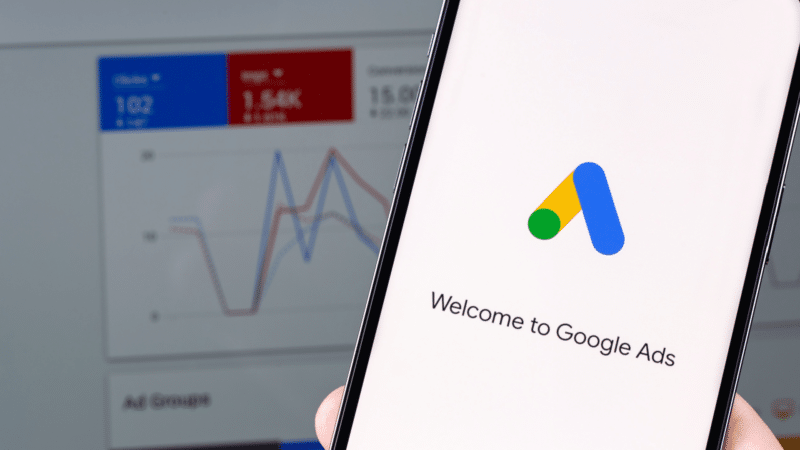
Google Ads introduced Target Cost-Per-Click (tCPC) bidding to Demand Gen campaigns, according to a help doc.
- With tCPC, advertisers can automatically drive as many clicks as possible while maintaining control over their average cost per click.
- Pull this new lever when click volume is your priority.
How it works. When you use Target CPC, you’re telling Google the average price you’re willing to pay for each click. Google then uses its machine learning systems to adjust your bids dynamically during each auction, factoring in signals like device, browser, location, and time of day.
- Some clicks will cost more than your target, others less, but the goal is to maintain an average cost in line with the amount you set.
Why we care. While Target CPA bidding focuses on actions taken after the click, tCPC keeps the focus on the cost of the click itself. It’s a smart option for campaigns aiming to drive traffic, not necessarily conversions. By setting a desired average CPC, advertisers let Google handle the bidding in real-time while keeping costs within guardrails.
For example. If your Target CPC is $10, Google will bid higher or lower in different auctions depending on the likelihood of a click, but will aim to average out to $10 per click across the campaign. This allows for real-time optimization while still giving you predictability in spend.
When to use it. Target CPC bidding is most useful when your campaign goal is to drive traffic to a website. If you’re less concerned about actions taken post-click and more focused on generating volume at a consistent cost, tCPC can help you do that while staying within budget expectations. It’s also a helpful option when you want automation, but not at the expense of losing cost control.
Implementation details. You can apply Target CPC bidding at either the campaign level or at the ad group level. When set at the campaign level, it serves as the default bid strategy across all ad groups. However, if you choose to specify a different Target CPC at the ad group level, it will override the campaign-level setting for that particular group.
- To set it up at the campaign level, you’ll need to choose Clicks as your campaign goal. Then, go to the campaign settings, expand the Target cost per click section, check the box to enable it, and enter your desired CPC. Once saved, Google Ads will start optimizing bids accordingly.
- If you want more control, navigate to Ad groups and edit a specific group’s Target CPC value directly. Enter a new amount, save your changes, and that ad group will now follow its own bidding logic while the rest of the campaign adheres to the campaign-level CPC.
What advertisers are saying. Jyll Saskin Gales, a Search Engine Land contributor and Google Ads coach, came across the help doc as she was doing some research. She expressed her shock at Google releasing a click-based bid strategy and questioned what this means for manual CPC:
- “Google launching a new click-based bid strategy would never have been on my 2025 Bingo card – I’m a conversion-based Smart Bidding proponent all the way. But still…
- “Will Target CPC eventually replace Manual CPC?”
- “Why is it only being tested in Demand Gen, and not Search?”
- “How will performance compare to Maximize Clicks and Manual CPC?”
Bottom line. With Target CPC bidding now available in Demand Gen campaigns, advertisers get a new level of automated control focused purely on click cost. It’s a performance-oriented solution for brands that want automation to drive traffic, not just conversions, all while keeping efficiency and budget in check.
What next? Google hasn’t communicated about this update, and no advertiser has mentioned seeing it in the UI, so it’s not clear whether this will be rolled out at all.

